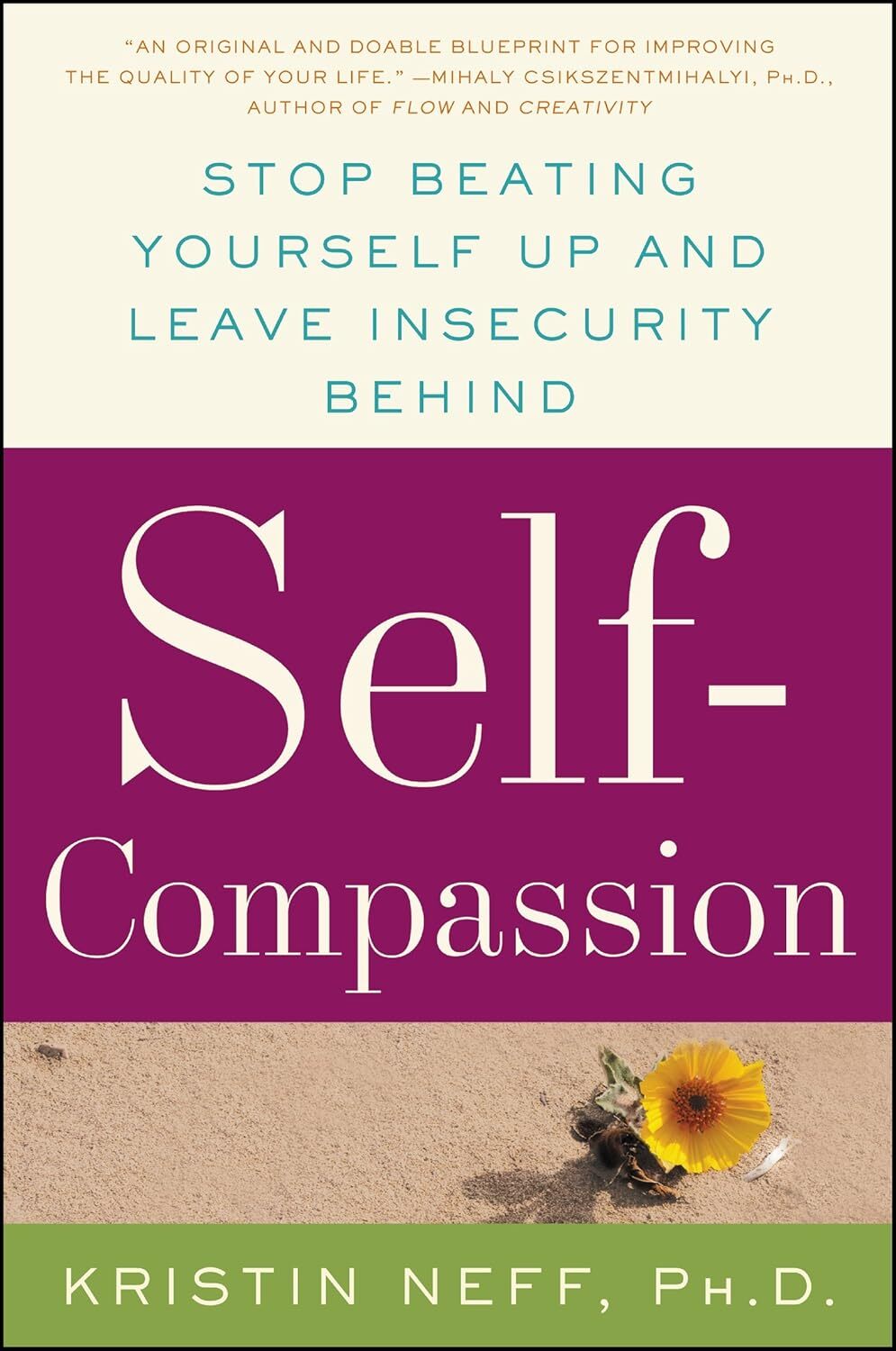Self-Compassion Break
Cultivate Kindness Toward Yourself in Moments of Stress, Pain, or Suffering

Introduction
Self-Compassion Break is a brief mindfulness practice that helps you respond to stress, pain, or self-criticism with kindness, understanding, and acceptance. It fosters emotional resilience, reduces negative self-talk, and promotes mental well-being, making it ideal for daily use or challenging moments.
What You Need To Know
Why It Works
The Self-Compassion Break technique is grounded in self-kindness, common humanity, and mindfulness. It activates the brain’s soothing system, engaging the ventromedial prefrontal cortex and reducing amygdala activity. Research shows it lowers cortisol, decreases anxiety and depression symptoms, and improves emotional regulation, helping you navigate difficulties with self-acceptance.
How To Do It
Instructions:
- “This is a moment of suffering” or
- “This is hard right now.”
- “Suffering is part of life” or
- “Others feel this way too.”
- “May I be kind to myself” or
- “May I give myself compassion.”
Helpful Tips:
- Keep It Brief: Ideal for quick use during stress.
- Personalize Phrases: Use words like “May I feel peace” that resonate.
- Use Physical Touch: A hand on your heart enhances soothing.
- Keep Your Radar Up: Recognize your stressful events early on.
- Put It In A Box: If you can't do self-compassion exercises now, put it in a box for later.
- Practice Anywhere: Try it at your desk, in a car, or on a walk.
- Combine with Breathing: Pair with deep breaths for relaxation.
- Be Patient: Self-compassion may feel new but grows with practice.
- Track Mood: Journal emotional changes to notice progress.
- Repeat as Needed: Use multiple times daily during challenges.
Related Topics:
Strongly Related
Reduce Stress:
[Links to related web pages]
[Links to related web pages]
[Links to related web pages][Links to related web pages]
Moderately Related
Issue B:
[Links to related web pages]
[Links to related web pages]












